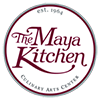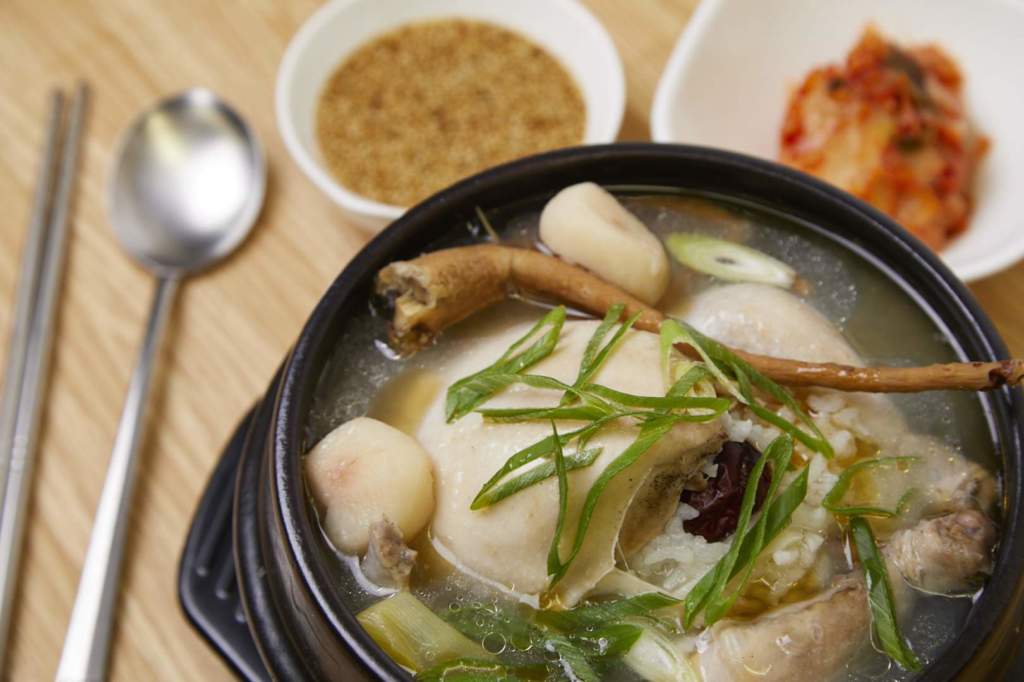Articles
Learn How to Cook Korean Food
How to Ride the Korean Cooking Wave
From K-Pop to K-dramas, from fashion to skincare, the Korean Wave (or Hallyu) is a worldwide phenomenon that’s here to stay. But before all this made it into the Filipino mainstream, we were already in love with another popular aspect of their culture: their cuisine. The popular restaurant, Korea Garden, first opened its doors in 1974. That’s a long time! Not to mention all the other K-food establishments that were around for much longer. We’re about to take a deep dive and show you how you can learn to cook Korean food.
Although steeped in tradition, Korean cuisine still moves with the times. Hit up any Korean mini-mart today and you’ll discover a selection of their most well-loved dishes. Their instant food is to die for—noodles, coffee, juice, ice cream, sauces, you name it. Whether you know how to read the language or not, the imagery and creative packaging reel you in hook, line, and sinker—regardless of culture or age. And that’s just the typical faire found in food stores around the Metro. Can you imagine how amazing Korean home cooked meals would taste?
Read on to discover more about the cuisine, delicious recipes you can try in your kitchen, and how you can learn from a pro at home.
Korean Cuisine: A Brief History
Much like Filipino food, Korean cuisine revolves around rice, vegetables, and meat or fish. The types of food evolved over certain periods in their history.
During the Three Kingdoms period, they categorized food traditions according to region; Goguryeo—now modern day Manchuria—, Baekje in the southwest, and Silla in the southeast. It was during this time that kimchi, a Korean staple of salted and fermented vegetables, emerged. It supposedly originated in Baekje.
The Goryeo period saw the rise of pepper and grilling meat, one of the most popular Korean cooking methods enjoyed worldwide today. If you haven’t tried Korean barbecue or gogi-gui, we can confidently say you’re missing out. Mandu, or dumplings, also originated during this period. Enjoy them steamed, pan fried, or boiled, and stuffed with all kinds of fillings; from meat, seafood, veggies, or any combination of ingredients. Finally, the ever-popular Korean noodles surfaced at this time. Known collectively as guksu, the variations are many and all are worth a taste.
A lot of new ingredients became popularize during the Joseon period. Trade between countries introduced potatoes, chilies, and peanuts, among others. Today, these are used widely in traditional Korean cooking.
The Korean and Cold Wars naturally had their effects on the cuisine. Rationing gave rise to creative dishes, such as stews made from easily sourced products, while Western influences came in the form of canned goods and white bread. As agriculture began to thrive, eating meat became more widespread. This is where bulgogi, which translates to “fire meat,” became popular, a craze that remains to this day. And why wouldn’t it? This dish of marinated beef either stir-fried or grilled is simply delicious.
With a history like this, it’s no surprise that Korean food is so unique and flavorful!
Korean Dishes for Your Kitchen
Whether you’re a newbie or a seasoned chef, these easy Korean dishes are a good way to start your foray into learning the cuisine.
1. Myeolchi
Also known as Myoelchi, this Korean appetizer consists of anchovies made with a sweet and salty glaze. It can also have a nice kick of chili, depending on the recipe. Our version uses dilis, soy sauce, salt, sugar, pepper, spring onions, and sesame seeds. It’s a simple side dish that goes perfectly with grilled barbecue. If you’ve ever eaten in a Korean restaurant, myeolchi works wonders to whet your appetite.
2. Kimchi Mushroom Stew
Koreans love kimchi so much they have dedicated refrigerators for storing it, and every family has their own secret recipe. To keep things simple, our recipe uses store-bought kimchi, which is just a component of the entire dish. This filling and fragrant cabbage and mushroom stew uses common Korean ingredients like gochujang (red pepper paste) and gochugaru (chili pepper flakes). It’s perfect for the rainy season served piping hot.
3. Brownie Bingsoo
Korean shaved ice, or Bingsoo, is a treat that beats the heat. It’s so good you’ll want to eat even if temperatures are at an all-time low. Similar to our own halo halo, it uses ice, condensed milk, and fruit toppings. Our Brownie Bingsoo recipe gives this Korean dessert a twist. It’s even easier to make with Maya’s Chocolate Fudge Brownies mix.
Learn How to Cook Authentic Korean Food from a Pro
Nowadays, with safety top of mind, it’s difficult to find a good cooking course you can take at home. And just when you thought a Korean cooking class might be even harder to find, The Maya Kitchen’s got you with our Korean Online Cooking Class II. The class is taught by our two culinary instructors Chefs Dan Libunao and Charina Cano.
The class is scheduled for August 14, 2021 and will be hosted over Zoom. Learn how to cook three Korean Dishes: bibimbap, a rice bowl of veggies and meat topped with egg, and two side dishes known as banchan. Find out more and register by clicking here.

